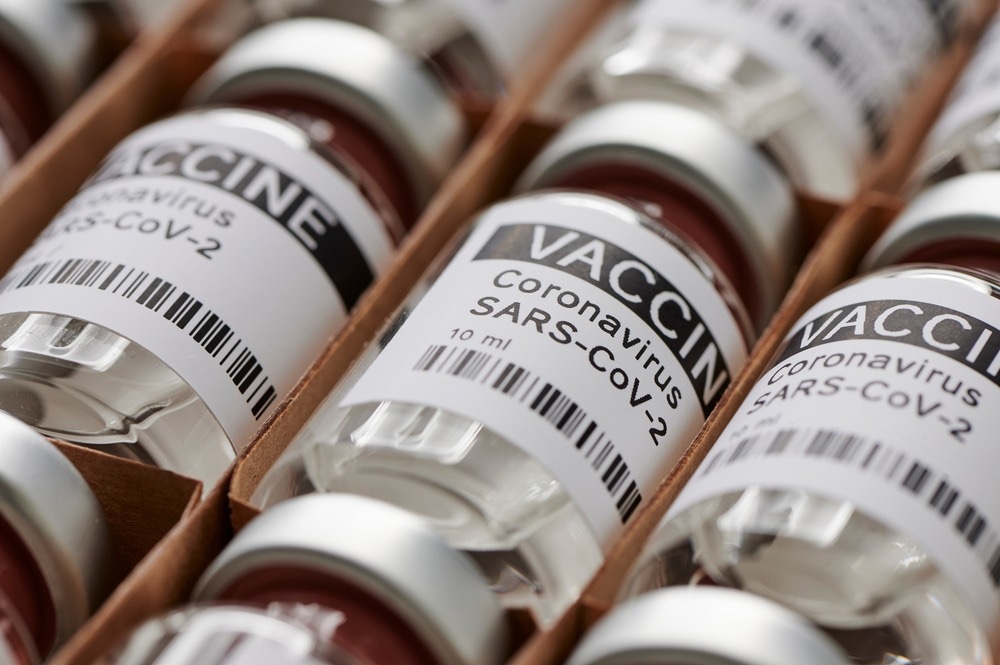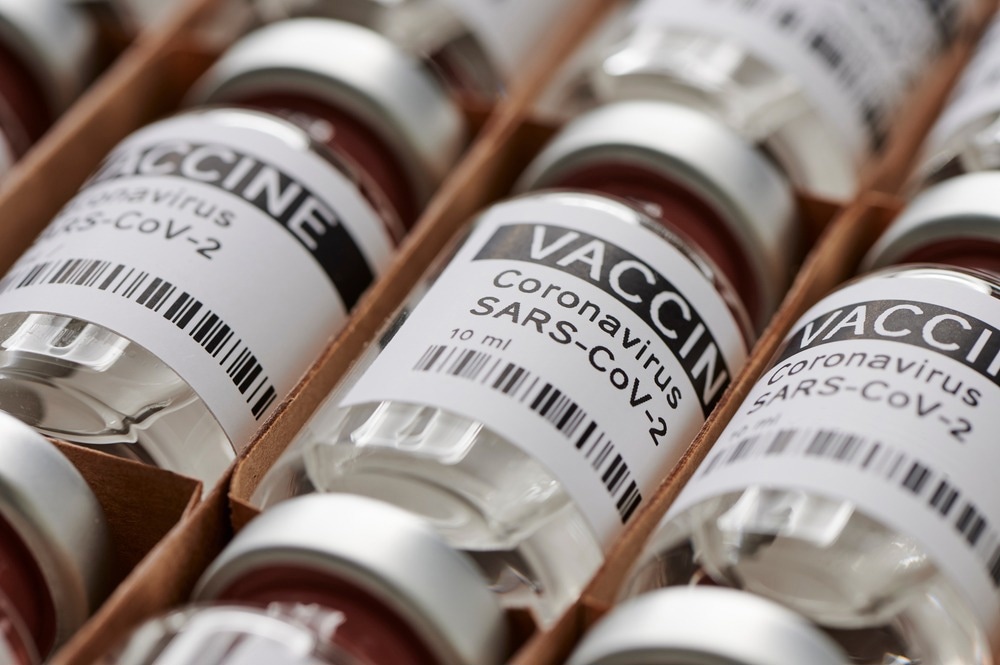In a recent study published in The Journal of Infectious Diseases, a team of researchers from Austria investigated the neutralization antibody titers and the efficacy of the humoral and cellular immunities in individuals vaccinated with three coronavirus disease 2019 (COVID-19) vaccines — the adenoviral vector vaccine ChAdOx1, and the two messenger ribonucleic acid (mRNA) vaccines mRNA-1273 and BNT162b2.

Background
As of late 2021, the severe acute respiratory syndrome coronavirus 2 (SARS-CoV-2) Omicron variant had replaced the Delta variant in global dominance. The Omicron subvariants carry novel mutations that increase their transmissibility and immune evasion abilities.
Although booster vaccinations were seen to be effective in increasing protection against the Omicron BA.1 subvariant, the increase in infection rates, albeit with reduced virulence and hospitalization rates, indicates the ability of the Omicron BA.2 and other subvariants to escape the humoral and cellular immunity induced by vaccines. Therefore, monitoring the efficacy of current vaccine-induced immunity against circulating variants is necessary to modify vaccination strategies to protect against emergent variants.
About the study
In the present study, the team obtained serum samples and peripheral blood mononuclear cells (PBMC) from 109 uninfected individuals vaccinated with two doses of the adenoviral vector vaccine ChAdOx1 or either of the two mRNA vaccines mRNA-1273 and BNT162b2. The samples were collected one month and six months after vaccination. The participants were, on average, 42.8 years old, with 57.8% females and 42.2% males.
Chemiluminescent microparticle immunoassays were performed to assess the levels of anti- SARS-CoV-2 immunoglobulin G (IgG) against the receptor binding site. VeroE6 cells expressing transmembrane serine protease 2 (TMPRSS2) were used for neutralization plaque assay with the wild-type and variant SARS-CoV-2 strains. The half-maximum neutralizing titers (NT50) were calculated to estimate the neutralization capacity.
Additionally, enzyme-linked immunospot assays (ELISpot) were performed to assess the production of interferon-gamma (IFNγ) in the activated PBMCs to determine the T cell responses in all three vaccination groups. Statistical analyses included the Kruskall-Wallis test or Mann-Whitney-U test to determine the statistical significance of the IFNγ and NT50 levels and the ratio of SARS-CoV-2 specific antibodies.
Results
The results reported that the highest levels of anti-SARS-CoV-2 specific IgG were detected in individuals immunized with either of the two mRNA vaccines one month after dose two. In the samples collected six months after the second dose, the antibody levels were lowest for individuals vaccinated with ChAdOx1, and the antibodies induced by the mRNA vaccines were five times higher in comparison.
The neutralization plaque assays revealed that all three vaccination groups displayed high neutralizing capacity one month after dose two, which remained elevated against the wild-type strain for up to six months following the second dose.
All three groups also exhibited positive neutralizing capacity against the Delta variant after one month after the second vaccine dose, although the values were lower for the ChAdOx1vaccinated group. The neutralization response against the Delta variant in the mRNA-1273 vaccinated group was the highest at six months after the second dose.
Against the Omicron BA.1 subvariant, only the ChAdOx1 vaccinated group displayed neutralization capacity above the cut-off, with an NT50 value of 34.4 at six months following dose two. In contrast, only the mRNA-1273 vaccinated group displayed effective neutralizing ability against the BA.2 subvariant one month after dose two, and none of the vaccination groups displayed any neutralization against BA.2 six months after dose two.
The IFNγ values indicated that the BNT162b2 vaccinated group displayed the highest anti-SARS-CoV-2 spike protein-specific T cell responses one month after dose two, followed by the ChAdOx1 vaccinated group. The T cell responses in the BNT162b2 vaccinated group decreased six months after the second vaccination.
Conclusions
To summarize, the study evaluated the neutralization responses against the SARS-CoV-2 wild type, Delta, and Omicron BA.1 and BA.2 variants in individuals vaccinated with two doses of ChAdOx1, BNT162b2, or mRNA-1273 vaccines.
Only the ChAdOx1 vaccinated group displayed strong neutralizing capacity against the Omicron BA.1 subvariant six months after the second vaccination. While the mRNA-1273 vaccinated group exhibited effective neutralizing ability against the Omicron BA.2 subvariant one month after dose two, none of the groups retained any neutralization ability against BA.2 six months after dose two.
The study revealed that the neutralization efficacy of vaccines is heterogenic and varies according to the vaccination regimen. Due to the lack of a clear cut-off value for assessing neutralizing efficacy and based on the rising number of breakthrough infections with Omicron subvariants, the authors recommended booster vaccine doses to protect against emergent SARS-CoV-2 variants.









